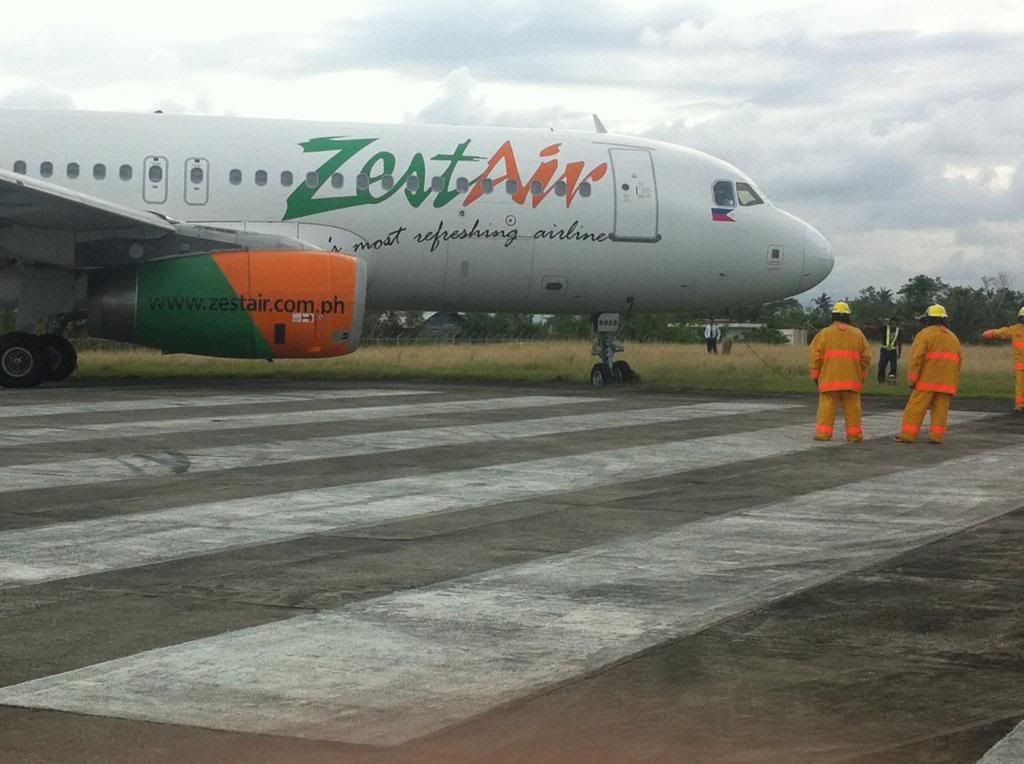But no phone calls, please!

31 December 2013
The Civil Aviation Authority of the Philippines (CAAP) has allowed the limited use of cellular phones by passengers as well as “conditional” Internet connection on mobile phones, laptops and other handheld devices with broadband services during flights as long as they are “judiciously done,” Philippine authorities said on Tuesday.
The ban on mobile devices has been in effect since the early 1990s, when cellphones was developed.

31 December 2013
The Civil Aviation Authority of the Philippines (CAAP) has allowed the limited use of cellular phones by passengers as well as “conditional” Internet connection on mobile phones, laptops and other handheld devices with broadband services during flights as long as they are “judiciously done,” Philippine authorities said on Tuesday.
"We
are removing the restriction on the use of cellphones since we believe
we know it does not impair the safety of flights. There's no safety
issue involved. Now the airlines will either have to comply with it or
make their own adjustments as far as the restriction is concerned,"
CAAP Deputy Director General John Andrews said.
Memorandum
Circular 52-13 was issued by the regulator Tuesday to cover the
conditional use of transmitting portable electronic devices (TPED),
music players, and global system for mobile communication on-board
aircraft (GSMOBA) on all commercial aircrafts operating within or
en-route over the territorial jurisdiction of the Philippines.
The
Order came after the US Federal Aviation Administration (FAA)
determined that airlines can safely expand passenger use of Portable
Electronic Devices (PEDs) during all phases of flight last October 31.
The FAA decision is based on input from the PED Aviation Rulemaking Committee (ARC) which concluded that most commercial airplanes can tolerate radio interference signals from PEDs.
Passengers
will be allowed to use laptops, internet or short-message-service (SMS)
or voice communications, and other broadband services while on board an
aircraft except for voice calls.
Restrictions
on use of all mobile devices is however imposed when the aircraft is
re-fuelling, and must remain in silent mode when the aircraft doors are
closed. The use of MP3 players will only be allowed with earphones and
not with additional or separate speaker and/or amplifiers.
















